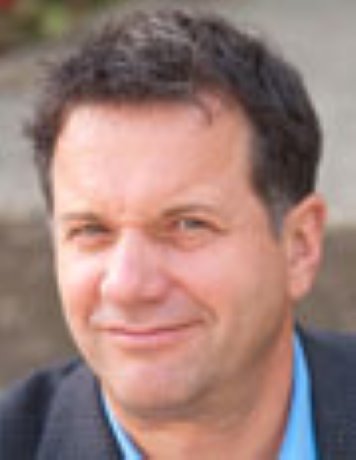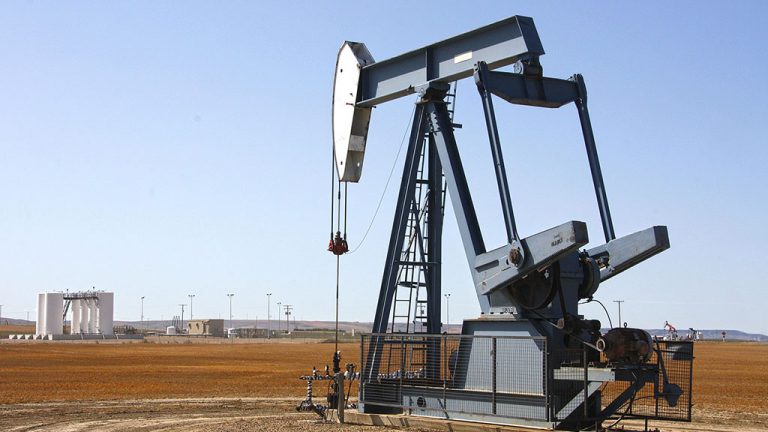When American Architect Edward Mazria, FRAIC, first pondered the notion of Architecture in the year 2030, he was no doubt well aware of the struggle that lay ahead in terms of CO2 emissions, building waste, brownfields, greenfields, and the usurping of this planet’s precious finite resources such as water, land and air.
When American Architect Edward Mazria, FRAIC, first pondered the notion of Architecture in the year 2030, he was no doubt well aware of the struggle that lay ahead in terms of CO2 emissions, building waste, brownfields, greenfields, and the usurping of this planet's precious finite resources such as water, land and air. Yet he may not have anticipated the momentum "The 2030 Challenge" would initiate.
Consider though that this type of conscientious thought did not begin with Mazria. The 70s brought many others down this road before. The actual challenge to civilization began long ago when a Roman Senator voiced his concern on the natural resources, air pollution and garbage Rome was creating. Humankind has been concerned with resources and waste for millennia.
First it was wood and coal, slowly replaced by hydroelectric energy and then in the 20th century nuclear power became our friend and enemy.
More recently Bill Gates, who in 2010 turned his attention to saving the world and producing ‘0’ climate emissions instead of zeros and ones. His proposal is to capture U238, the unused energy from U235, as a form of ‘free’ energy hidden all over the world (dumped is a more appropriate word), a waste product from nuclear power plants and all types of unused weapons.
Gates notes that, “A molecule of uranium has a million times more energy than a molecule of coal.” He is championing ‘TerraPower’ reactors, which would burn uranium 238. This technology burns 99 per cent of the material found in natural uranium and in theory could burn the leftover waste from today’s nuclear facilities (energy found in our nuclear waste dumps !)
Cleaning up our dump sites around the world seems like a great way to start to achieve the 2030 Challenge. Not only does it stop the mining of fossil fuels and non renewable pristine natural resources, it focuses on the waste humankind has created and left behind.
Consider April 2011 and the Earthquake outside of Sendai, Japan which triggered catastrophic results. Japan initiated a nuclear crisis plan. German Chancellor Angela Merkel announced a “measured exit” from nuclear power in response to the crisis. China suspended approval for new nuclear power stations. One by one countries are awakening. Unfortunately, it took a disaster to bring us to our senses.
I was introduced to 2030 in my teens, where as a young designer I experienced first hand a ‘disaster’ of sorts but on a different scale. The disaster was the energy crisis, and with it today I carry this persistent reminder to conserve and refrain from wasting not only energy but also our resources.
My earliest projects investigated and employed alternative energy such as wind and solar power, at that time my clients were the champions.
We must embrace all forms of energy even if it means harvesting waste disposed during the last century rather than harvesting virgin materials from natures’ untouched surfaces. I am not an advocate of nuclear energy, but it is with us regardless in one form or another. We must learn to work with it rather than against.
2030 does not only imply the use of green energy, it implies an entire rethinking of the way we make and use things.
Wayne DeAngelis is the Architecture Canada | RAIC Regional Director for British Columbia / Yukon.











Recent Comments
comments for this post are closed